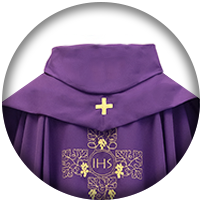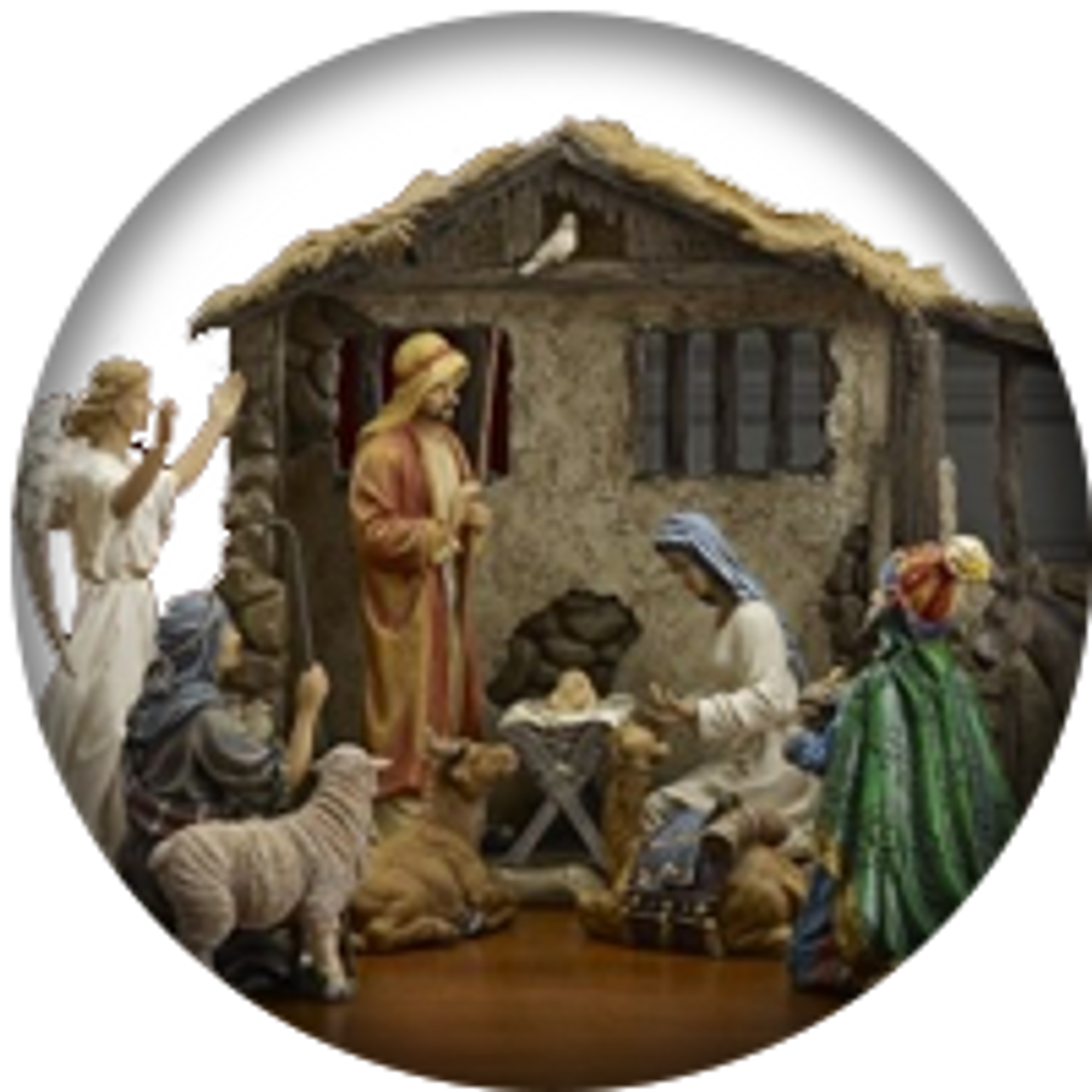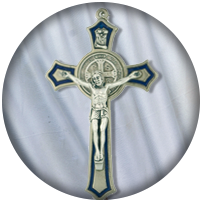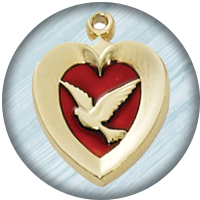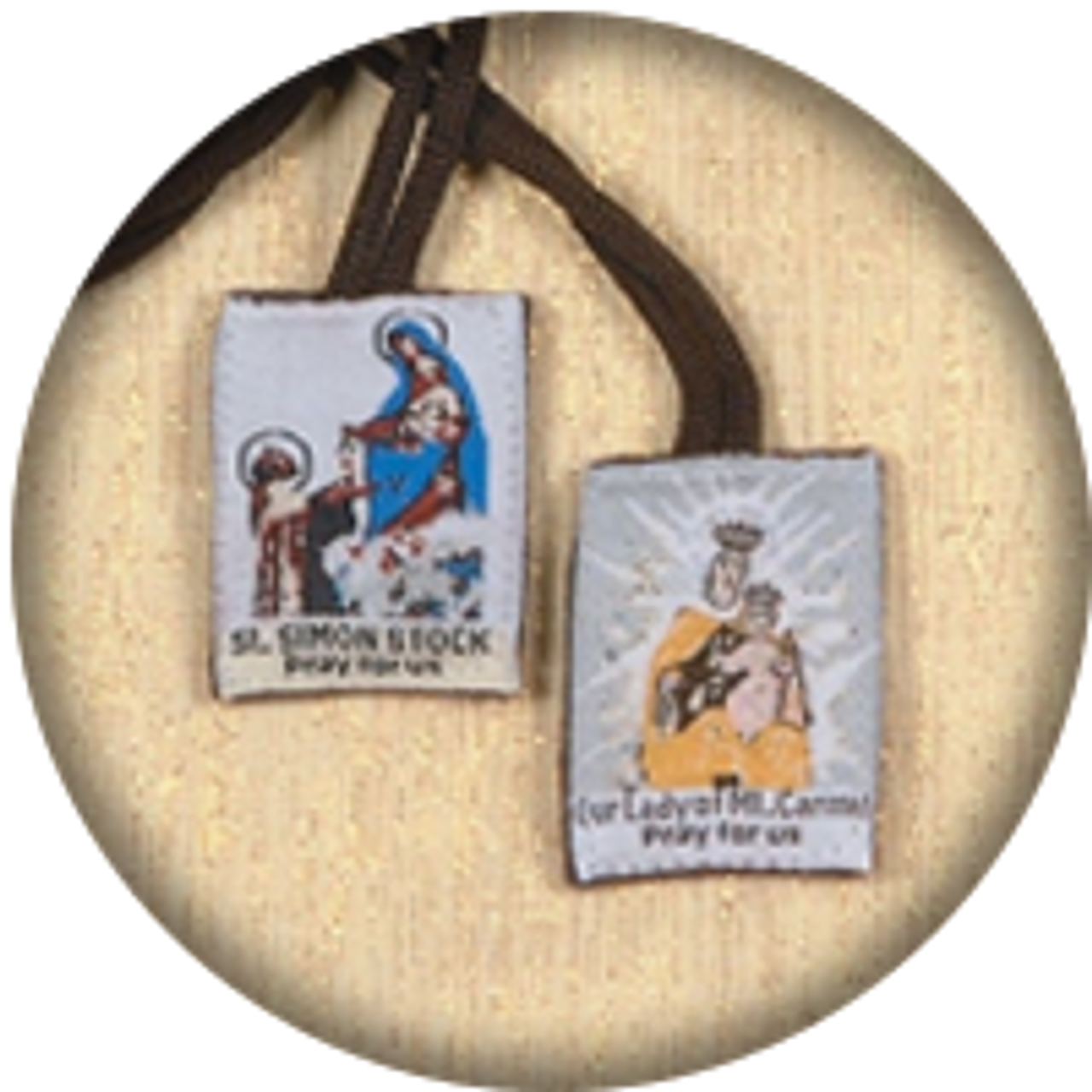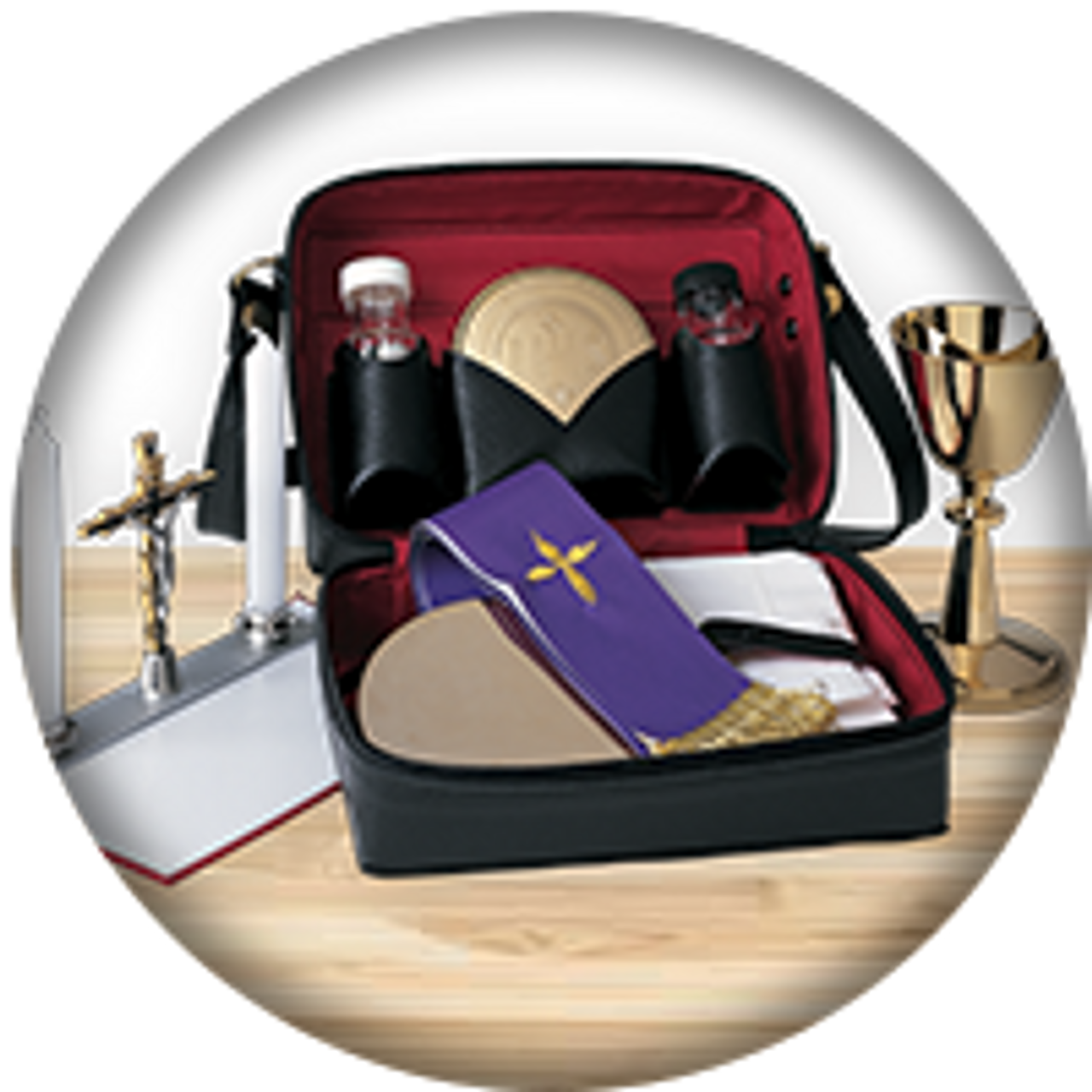ST. MAXIMILLIAN KOLBE
Kathy Boh on 10th Aug 2017
ST. MAXIMILLIAN KOLBE
EARLY LIFE
Maximilian Kolbe was born “Raymond Kolbe” on Jan 8, 1894. His father was German and his mother was Polish. He was a normal young boy in Poland when he had an awakening one day. After his mother corrected him on that particular occasion, he took it to heart… and prayed that evening.
He was wondering about his life and future. He later reported that he had been in conversation with the Mother of God. “…She asked if I was willing to accept either of [two crowns, one red, one white]. I said that I would accept them both… the white one meant that I should persevere in purity, and the red that I should become a martyr.” 1
BECOMING A FRANCISCAN
At age 13, he left Poland with his older brother, and went into Austria-Hungary to attend the Franciscan seminary in Lwow. Raymond took the name “Maximilian” upon entering the Franciscans. The year 1914 was the year that Maximilian made final vows as a monk, (before he was ordained a priest). That same year, his father (who had been fighting for an independent Poland) was captured by the Russians and hanged—in 1914. By the time he was a priest assigned back in Poland, his much beloved country had become independent.
By 1919, he had become a priest, having been a Franciscan since 1910. He stayed in Poland and founded a large monastery close to Warsaw—eventually housing 762 (some say up to 900) Franciscans. Later, in 1930, he was sent as a missionary to Japan, where he established a monastery in Nagasaki. He later went on to India, but ill health overseas hastened his return to Poland, to his large monastery near Warsaw in 1936.
A SOLDIER IN SPIRIT: ENCOURAGING, SAVING, PROTECTING…
Maximilian was passionately devoted to Our Lady, and had established the Militia Immaculatae, in order to win a great number of souls to God in the shortest possible time. Here at this monastery (called Niepokolanow, “City of the Immaculate”) the Franciscans printed and distributed thousands of periodicals and newspapers, devoted to the cause of winning souls to Christ through Mary’s intercession.
Given his father’s involvement in the fight for Polish independence, it is understandable that he, too, from childhood on, had a soldier’s heart, and was passionate about military things…. But now it expressed itself in a new allegiance.
“H[e] still had a soldier’s heart, but now waged a spiritual war. With several friends a new type of army was founded, the Militia Immaculatae, an army to convert sinners and bring all to love Mary Immaculate. “2
When the Hitler invaded Poland in 1939, Maximilian was arrested and imprisoned for 3 months… then released. At that point, he ended up sending the vast majority of monks home… to safer places. However, even after the Nazis were occupying Poland, the monastery was still publishing Militia Immaculate materials, doing radio broadcasts, and even printing anti-Nazi articles.
During the Nazi occupation, Maximilian and his brothers found the perfect use for all the space vacated by some of the monks who had been sent away. Here, he and his brother monks—the remaining ones who had not been sent home under Nazi threat—housed thousands of Polish refugees, the majority being Jews.
This lasted until February, 1941, when the monastery was shut down and the Franciscans--and others-- arrested. In May, 1941, Kolbe was sent to Auchwitz. The following statement—thought to be printed in one of his last publications before arrest—strongly exhibits the fact that he thoroughly integrated his “soldier” mentality throughout his whole being, choices, and mentalities. Later, he went on to prove it all… with his mind, his heart, and his body… his life. In Maximilian’s words:
“What we can do and should do is to seek truth and to serve it when we have found it. The real conflict is an inner conflict. Beyond armies of occupation and the hecatombs of extermination camps, there are two irreconcilable enemies in the depth of every soul: good and evil, sin and love. And what use are the victories on the battlefield if we ourselves are defeated in our innermost personal selves?” 3
We are all called to “fight the good fight” of faith, as St. Paul told us, and to follow Eph. 6:10-17 (to ”stand firm against the tactics of the devil” and “world rulers of this present darkness”)… in spiritual warfare where and when that is needed. Maximilian Kolbe fought on every level, in many places, for the “truth” and its main counterpart, “love”.
HIS LAST WEEKS
On June 15th, 1941, this saint sent a reassuring letter home to his mother…
“Dear Mama, At the end of the month of May I was transferred to the camp of Auschwitz. Everything is well in my regard. Be tranquil about me and about my health, because the good God is everywhere and provides for everything with love. It would be well that you do not write to me until you will have received other news from me, because I do not know how long I will stay here. Cordial greetings and kisses, affectionately. Raymond.” 4
About 6 weeks later, an escape happened in his bunker. The consequence (spelled out previously to all the prisoners to discourage escapes) was to have ten prisoners chosen to be sent to the starvation bunker to die. One of the men chosen was Franciszek Gajowniczek, who cried out, concerned about his wife and children. Upon hearing this, Maximilian volunteered to take his place. Surprisingly, the commandant accepted his offer.
He and ten others were led away to die. Maximilian Kolbe died in Auchwitz, in the starvation bunker on August 14th, 1941. Verbal and eye-witness reports tell that he was the last conscious prisoner among the 10 sent there (for two weeks) to die, and among 4 left that were given a final injection of carbolic acid.
“St. Maximillian is the patron saint of families, prisoners, journalists, political prisoners, drug addicts and the pro-life movement. St. John Paul II declared him to be 'the patron saint of our difficult century.' The evils which made the twentieth century so difficult were not left behind as we moved into the twenty-first century.” 5
St. Maximilian Kolbe was canonized by Pope John Paul II in 1981 as a martyr. The man whose place he took in that starvation bunker was able to attend the both the beatification and the canonization, and he returned every year to Auchwitz to remember, and to honor his friend. For as Pope John Paul quoted at St. Kolbe's canonization: “Greater love than this no man hath, that a man lay down his life for his friends.” [John 15:13]
FOOTNOTES:
1. Louis Bulow, Maximilian Kolbe, http://auschwitz.dk/kolbe.htm, www.auschwitz.dk Louis Bülow Privacy. ©2015-17.
2. Ellyn von Huben, 9 Things to Know About St Maximilian Kolbe, August 14, 2014,
https://www.wordonfire.org/resources/blog/9-things-to-know-about-st-maximilian-kolbe/4426/
3. Pettinger, Tejvan. Biography of Maximilian Kolbe, Oxford, UK – www.biographyonline.net.
3rd August. 2014. Updated 26 June 2017, http://www.biographyonline.net/spiritual/maximilian-kolbe.html
4. Ibid.
5. 9 Things to Know About St Maximilian Kolbe

